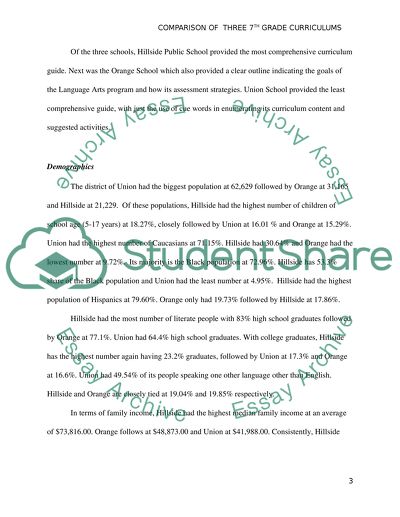Cite this document
(“Curriculum Essay Example | Topics and Well Written Essays - 2500 words”, n.d.)
Curriculum Essay Example | Topics and Well Written Essays - 2500 words. Retrieved from https://studentshare.org/education/1489459-curriculum
Curriculum Essay Example | Topics and Well Written Essays - 2500 words. Retrieved from https://studentshare.org/education/1489459-curriculum
(Curriculum Essay Example | Topics and Well Written Essays - 2500 Words)
Curriculum Essay Example | Topics and Well Written Essays - 2500 Words. https://studentshare.org/education/1489459-curriculum.
Curriculum Essay Example | Topics and Well Written Essays - 2500 Words. https://studentshare.org/education/1489459-curriculum.
“Curriculum Essay Example | Topics and Well Written Essays - 2500 Words”, n.d. https://studentshare.org/education/1489459-curriculum.


